Neeraj Tolmare, the chief information officer at Coca-Cola, says the artificial intelligence pilots that he invests in only get authorized if the beverage giant can envision revenue generation or big efficiency gains once fully in production.
This strategy reflects a mandate from Coke’s CEO James Quincey and the broader leadership team that demands that AI experimentation “has to be tied to a real outcome that moves the needle for us,” says Tolmare. “We are all about scale.”
That scale is massive for Coca-Cola, which is ranked 97th on the Fortune 500. Each AI bet by Tolmare has to weigh cost of implementation, as well as how the technology may be used internally across various functions ranging from software development to sales. On top of that, he must weigh how new technology advancements like agentic AI will change workflows and how data is shared within Coke and close key external partners, including the 200 bottlers and 950 production facilities that make up the entire system that Coke relies on to serve 2.2 billion beverages each day.
One pilot that Tolmare is particularly excited about is the development of an algorithm that Coke developed to help retail outlets better predict demand, using AI to ensure that their shelves are always appropriately stocked.
In the past, sales agents would visit stores every few weeks and at times, find themselves facing half-empty coolers. Coke had to rely on historical retail scan data to try to anticipate future demand. But with AI, the company was able to create an algorithm that triangulates historical data with weather patterns, which is an important consideration for beverage purchases, and geolocation data from Google to more precisely predict future sales.
Those AI insights inform the messages Coca-Cola sends via WhatsApp to managers, advising them on when to stock more Sprite or Diet Coke before they run out. The pilot was tested in three countries and saw sales increase by 7% to 8% versus outlets that weren’t using the AI algorithm, according to Tolmare, who intends to broaden the application of this AI tool to more markets globally.
Another investment with big reach is Coke’s usage of AI for content creation. The beverage giant sells in more than 180 countries and creates marketing assets in over 130 languages. It’s a process that’s both time consuming and costly, because Coke has to adjust the materials to reflect not only language, but also cultural sensibilities. Coke recently created 20 AI-generated assets, all based on the company’s own proprietary intellectual property, and then created 10,000 variations to be used across many different languages and geographies.
Tolmare asserts that consumers are 20% more likely to engage with this content than prior iterations that weren’t crafted by AI, and that the AI-produced content was three times faster to generate.
In both cases, he stresses the importance of keeping humans in the loop. “AI has proven that it can unlock value that a human being would not be able to unlock because the computation needed to mine through all this data and bring something meaningful is so complex,” says Tolmare, in regards to the algorithm to support retail sales.
With marketing, AI’s application is a bit trickier and Coke is still figuring out the right approach. An AI-generated Christmas spot generated some backlash last year and in April, a different campaign made a mistake featuring a quote from a book that novelist J.G. Ballard never wrote. Tolmare says Coke has strict guidelines in place to ensure that AI-generated content avoids social biases that would be harmful to consumers and is keenly aware of hallucinations or deepfakes that can occur when generating creative content with AI tools.
“That’s not to say that we won’t ever fall into it,” admits Tolmare. “But we have a mechanism in place that allows us to react in a responsible way if and when that happens.”
Most of Tolmare’s career has been in the technology industry, including working for gadget manufacturer Palm, which ultimately lost out on an effort to compete with Apple in the smartphone market. He also previously served as a director at networking-equipment company Cisco Systems and as a VP at HP during the years in which it split up the personal-computer and printer businesses from the corporate hardware and services arm.
“I’ve spent more than two decades working for companies that develop and manufacture technology that the rest of the world uses,” says Tolmare. He joined Coca-Cola in 2018 to work at a company that consumes technology, rather than developing it, to grow their business.
Tolmare spearheaded the company’s all-in bet on cloud computing, retiring or selling all of Coke’s physical data centers. Roughly 80% of the company’s footprint is in Microsoft Azure with the rest split between Amazon Web Services and Google Cloud. “We continuously monitor which one is going to give us better efficiency by moving a workload from one cloud to another,” says Tolmare.
His hybrid cloud playbook is also applicable to how Coke thinks about generative AI experimentation. Coke works closely with Microsoft and its strategic partner OpenAI, but also taps other AI hyperscalers including Google, Meta, and Anthropic. “We don’t want to paint ourselves into a corner too soon,” he says. “The market itself is not consolidating.”
What’s next on deck is further exploration with agentic AI, systems that are designed to perform tasks autonomously or with little human intervention. The company is considering offerings from vendors including Microsoft, SAP, and Adobe, while developing its own AI agents trained on Coke’s data. All of these AI agents remain in the pilot phase, because Tolmare still wants to determine if these systems can be built at a cost effective price, while achieving the optimal business outcomes.
“We haven’t launched agentic in production yet, but we are very close,” says Tolmare. “I’m fascinated by what this can do for our business.”
John Kell
Send thoughts or suggestions to CIO Intelligence here.
This story was originally featured on Fortune.com

 3 hours ago
1
3 hours ago
1




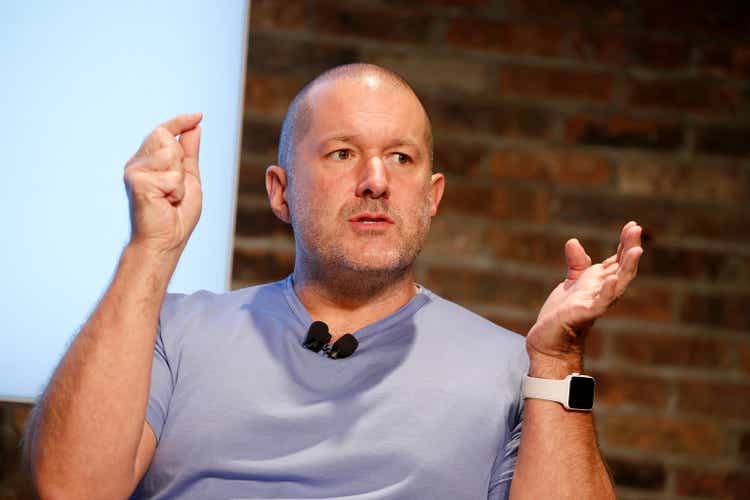




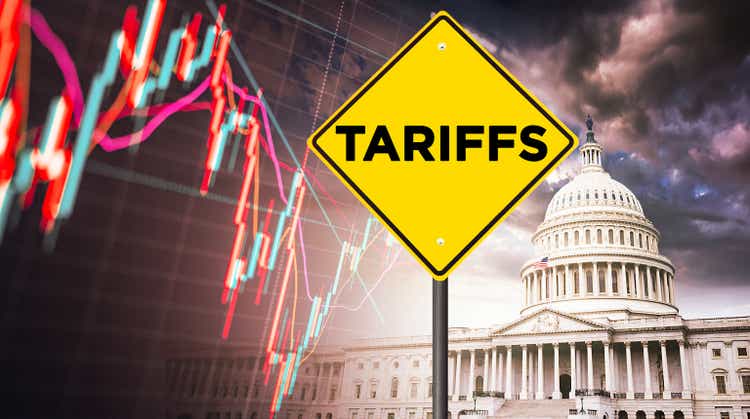
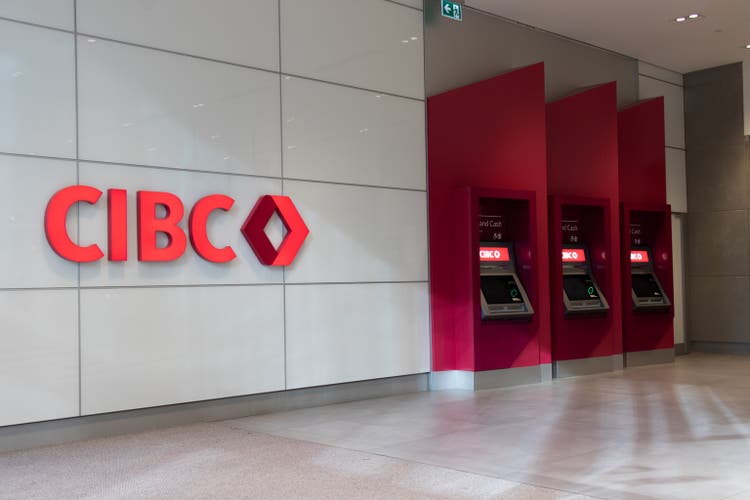




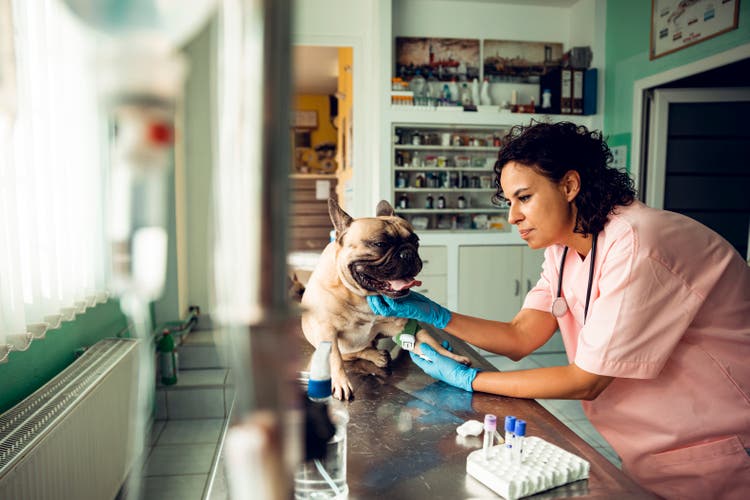


 English (US) ·
English (US) ·